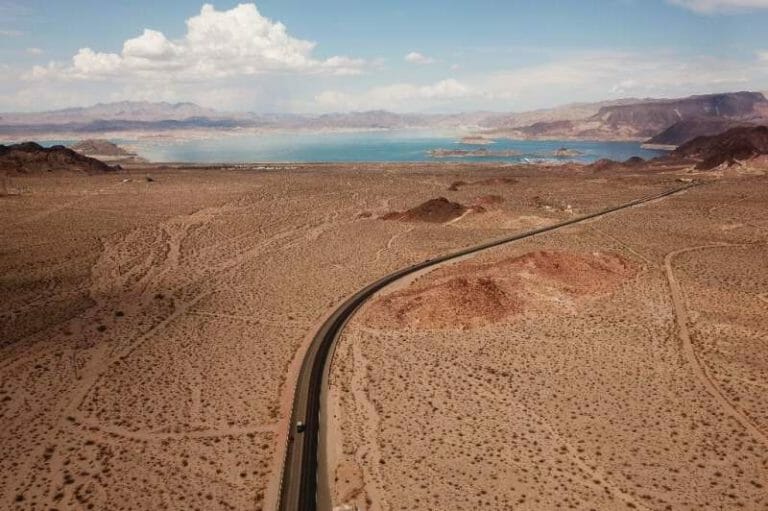The level of Lake Mead – as seen in July 2021 from Boulder City, Nevada – has been steadily declining due to a chronic drought.
A huge reservoir that supplies water to tens of millions of people in the Western United States is at such low levels that populations it feeds must reduce their usage next year, the government said Monday.
A chronic drought has left huge swathes of the country parched, as man-made climate change forces shifts in the pattern of rainfall.
That has left Lake Mead, the largest US artifical reservoir which is fed by the mighty Colorado River, worryingly low—at just a third of its capacity.
“Like much of the (US) West, and across our connected basins, the Colorado River is facing unprecedented and accelerating challenges,” said Tanya Trujillo, an official with the federal water resources agency.
“The only way to address these challenges and climate change is to utilize the best available science and to work co-operatively across the landscapes and communities that rely on the Colorado River.”
That means starting in January, places downstream of Lake Mead—formed in the 1930s by the building of the Hoover Dam—will receive less water. Arizona’s water supply will […]
Full article: Colorado basin drought sparks water limits at huge US reservoir

